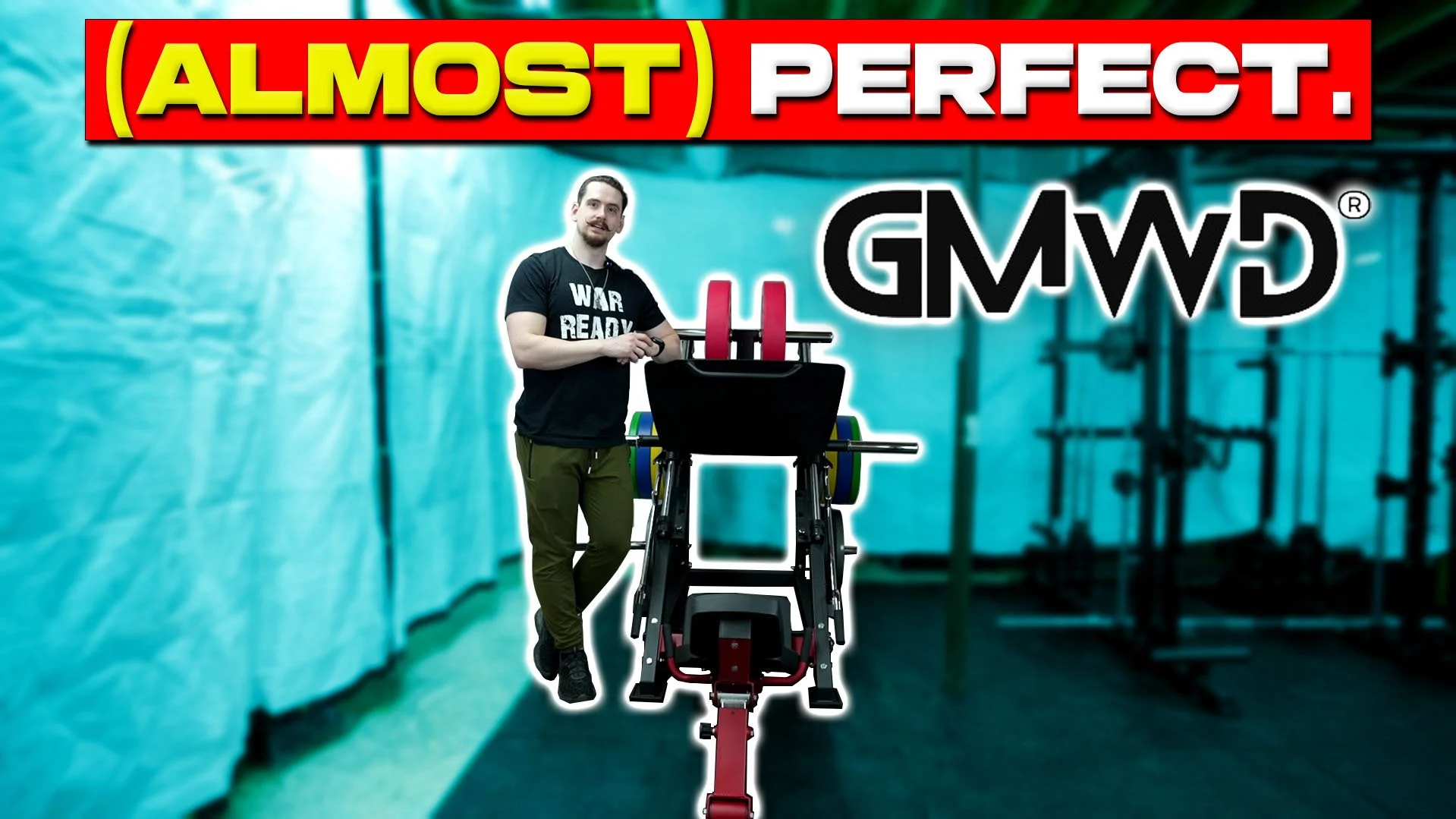Word Count: 1,056
Average Read Time: 4 minutes
What do you think of when you think of a diet? For most people, a diet is a temporary, and often drastic, change in the foods you eat in order to lose weight. These changes last a predetermined amount of time, such as 21 days, 1 month, or 12 weeks.
Alternatively (and more commonly) the dieter finds the diet unsustainable, runs out of willpower, and binges on all the foods that were “off limits”. This leads to regaining the weight that was lost, which in turn, leads to starting another unsustainable diet.
As you can see, simply by defining a diet in this way, we’ve already encountered several problems. What foods are you removing from your diet? Why are you removing them? How will this help your fat loss efforts? We’re going to address all of these questions, plus one more that I haven’t mentioned yet and by the end of this post, you’re going to know how to achieve (and keep) your dream body.
The Three Laws of Dieting
All of the previous questions are good questions, but they all point to one fundamental misunderstanding. What causes fat loss in the first place? All (good) fat loss programs follow these three laws, whether they realize it or not. (I’m defining successful as losing weight and keeping the weight off.) (Click to tweet this!)
1) Caloric Deficit
A Caloric deficit is the most important of the Three Laws of Dieting. Being in a Caloric deficit simply means you are consuming fewer Calories than you burn. If you want to lose weight, eat fewer Calories than you burn. If you want to gain weight, eat more Calories than you burn. If you want to maintain your weight, eat the same number of Calories as you burn. (Yes, it really is that simple.)
Calories Consumed < Calories Burned
2) Resistance Training
While being in a Caloric deficit guarantees you will lose weight, it does not guarantee the weight that’s lost will come from fat. In fact, if you are not performing some sort of resistance training while dieting, you will lose lean body mass. If you lose lean body mass, your metabolism will slow down. If your metabolism slows down, your diet progress will slow and eventually halt.
You must perform some sort of resistance training to ensure continued fat loss. In addition, out of the 100 something people I’ve worked with, I’ve never had a single client tell me their goal was to be a “skinny stick figure.” The answer is always skinny and toned. You cannot achieve the toned part of the equation without resistance training.
This could take the form of body weight, resistance band, machine, cable, dumbbell, or barbell exercises. The type of resistance isn’t as important as ensuring you’re lifting at a moderate to high intensity (2 to 4 reps away from failure) and progressively adding more resistance over time.
I will point out one thing to pay attention to ahead of time, so you won’t be caught off guard. When lifting weights, you will lose more fat but you will lose less weight. This is because the lean body mass you will be gaining has weight.
fat loss - lean body mass gain = Total weight loss
3) Protein Intake
Consuming enough protein goes hand-in-hand with resistance training. In fact, you could almost call this law 2b. Consuming adequate protein promotes muscle growth, which will help you maintain your metabolism. In addition to this, protein also helps you get full faster and stay full longer, which will help you stick to your diet.
When dieting, beginner weightlifters should consume 0.8 - 1.2 grams of protein per pound of body weight. Intermediate to advanced weightlifters should consume 1.1 - 1.3 grams of protein per pound of body weight.
Tying It All Together
If you understand these three laws, you hold the key to how you look and how you feel. You can take whichever dieting style suits your preferences and adapt it to get you results. Want to do keto? Do keto. Want to go high carb, low fat? Awesome. Do you prefer paleo? Go for it! You can finally break The Unsustainable Diet Loop because you’ll never have to “go on a diet” again!
I reached my goal. Now what?
The “one more” question that I left out in the beginning is one of the most important questions to consider when dieting. What are you going to do after you’ve reached your goal? No matter how long you diet and exercise, there will never be an endpoint where you no longer need to take care of yourself. If you revert back to your previous eating habits, you’ll also revert back to your previous overweight self.
So, what do you do then? Are you supposed to stay on your diet forever, never to enjoy a comfortable Calorie intake again? Of course not! After reaching your goal, simply add to your existing Calorie intake. The chart below lists how many Calories I recommend you add to your daily Calorie intake, based on how fast you’re losing weight at the end of the diet.
| WEIGHT LOSS/WEEK | CALORIES TO ADD |
|---|---|
| 2 | 1000 |
| 1 | 500 |
| 0.5 | 250 |
| 0.25 | 125 |
| 0 | 100 |
If you’re still losing weight after a week, add 100 more Calories. Do this until you’re maintaining your body weight. Also, you might have noticed that I recommended you add 100 Calories even if your weight loss has completely stalled by the end of the diet. The reason for this is the small bump in Calories at the end of a diet should cause your body to adjust by bumping your metabolism up a bit as well.
Takeaway
If you want to successfully lose weight and keep it off:
Lower your Calorie intake.
Lift weights.
Eat more protein.
Thank you so much for reading! If you found this information helpful and want to help the Treadaway Training blog grow, simply share this post with a friend. If you like what I have to say, sign up below to become a Treadaway Training insider and get notified for each blogcast and video. I will be back here Thursday with another fat loss topic. As always, God bless you AND your family and I'll see you Thursday.







